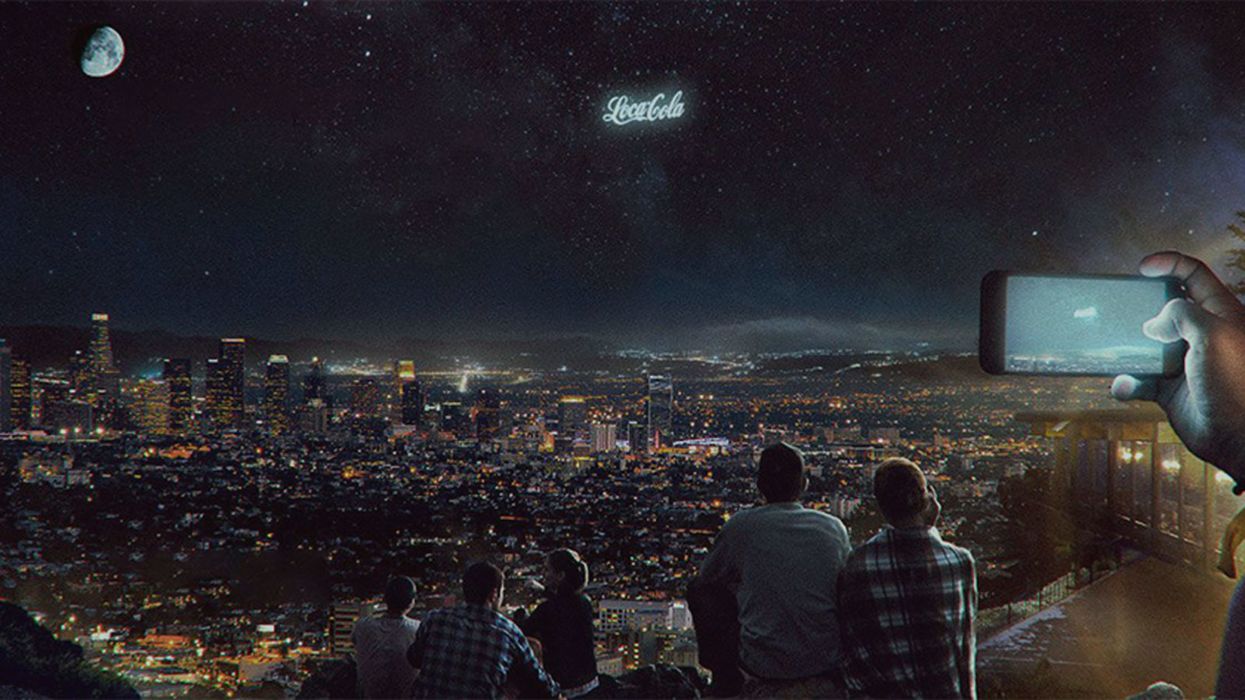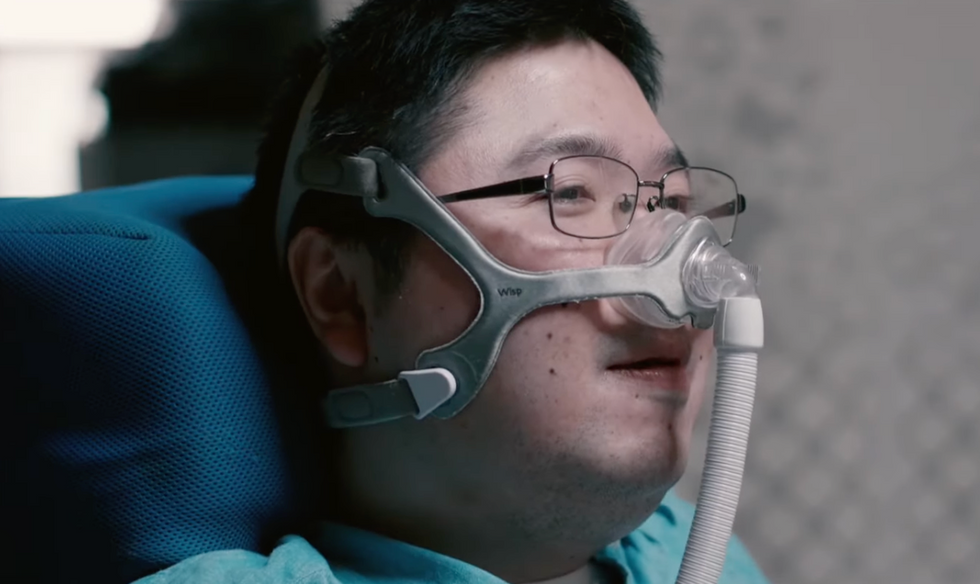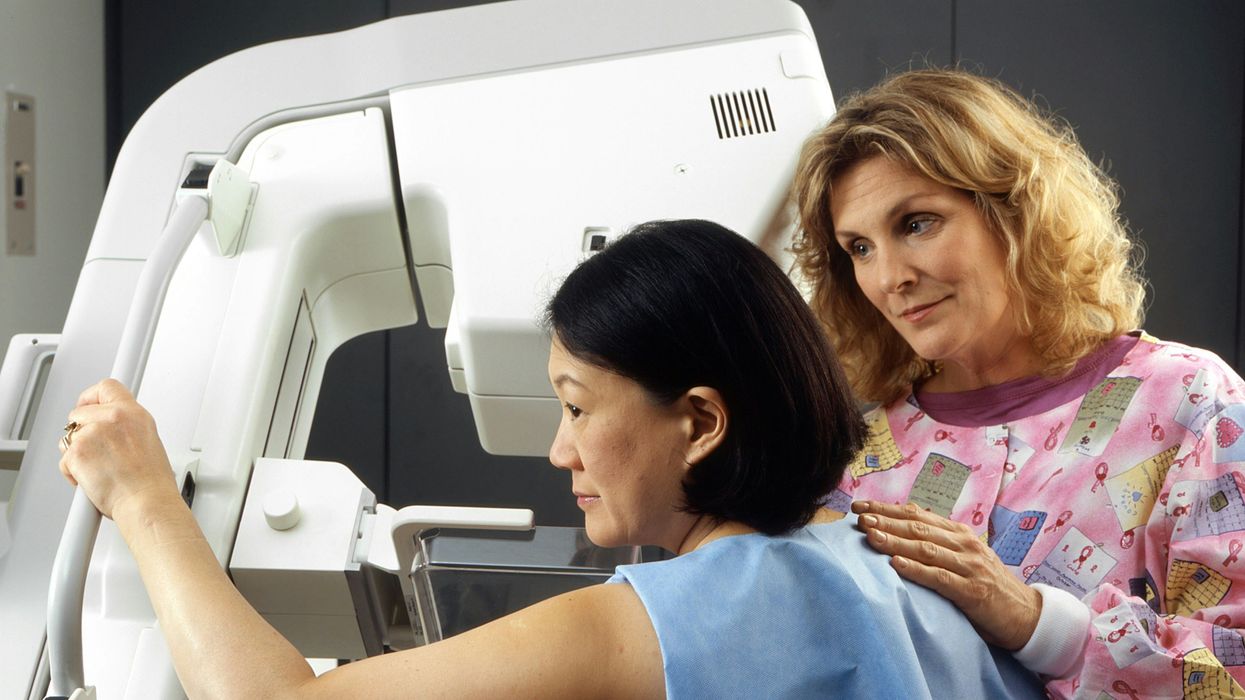Goodnight, Moon. Goodnight, Sky Advertisement.

A rendering of what a sky advertisement would look like.
Imagine enjoying a romantic night stargazing, cozying up for the evening – and you catch a perfectly timed ad for Outback Steakhouse.
Countries have sovereignty over their airspace, but the night sky itself is pretty much an open field.
That's the vision of StartRocket, a Russian startup planning to put well-lit advertisements into outer space. According to a recent interview, StartRocket says its first client is PepsiCo.
The Lowdown
Launching at twilight during the early morning or early evening, the ads will be on cubesats – 10 cm square metallic boxes traditionally used in space. The attached Mylar sails will reflect light from the rising or setting sun, making the ad appear like an "orbital billboard."
The advertisements will need all the solar power they can get: According to a 2016 report, 80 percent of the world and 99 percent of America and Europe experience light pollution at night. Showing advertisements in, say, Wyoming will be much easier than attracting attention in Midtown Manhattan – and risks adding a considerable amount of light pollution to an already overburdened night sky.
Next Up
The StartRocket advertising program is set to begin in 2021. The most recent rate is $20,000 for eight hours of advertising space.
But first, StartRocket has to win over consumers, regulators and space activists.
"I don't see it taking off now," says TED Fellow and University of Texas, Austin Associate Professor Dr. Moriba Jah. Jah is the creator of Astriagraph, an interactive tool to help monitor space junk orbiting Earth. "In general, the space community is anathema to advertisements from orbit to people on the ground… The global astronomy community will be fighting it tooth and nail."
Jah notes SpaceX's launch of 60 satellites last month. "Astronomers were up in arms since they are so bright, you can see them with the naked eye." It got to the point where Elon Musk had to defend himself to the astronomy community on Twitter.
Open Questions
Startups come and go, especially those that are looking for funding. StartRocket is in both categories. Frankly, it's unclear if the ads will actually launch two years from now.
Space advertisements are more likely to be the future for less regulated and financially strapped areas.
The regulatory hurdles are just as unknown. According to Jah, countries have sovereignty over their airspace (think planes, balloons and drones), but the night sky itself is pretty much an open field. This doesn't remove the political ramifications, though, and any American-based launches would have to contend with the FCC, since it regulates advertisements, and the FAA, since it regulates flight.
Carbon credits-style redemptions may help balance out the potential environmental and political damage done by sky ads. It isn't a coincidence that space pioneers Musk, Jeff Bezos, and Richard Branson succeeded at other ventures first, giving them considerably deep pockets to survive red tape – something StartRocket's team doesn't have at the moment.
Space advertisements are more likely to be the future for less regulated, financially strapped areas. Depending on how ad companies negotiate with the local governments, it's easy to picture Kolkata with an "Enjoy Coke" advertisement blaring during a Ganges sunset.
"In rural places, it would be like having another moon," Jah says. "People would say the rich are now taking the sky away from us."
A robot server, controlled remotely by a disabled worker, delivers drinks to patrons at the DAWN cafe in Tokyo.
A sleek, four-foot tall white robot glides across a cafe storefront in Tokyo’s Nihonbashi district, holding a two-tiered serving tray full of tea sandwiches and pastries. The cafe’s patrons smile and say thanks as they take the tray—but it’s not the robot they’re thanking. Instead, the patrons are talking to the person controlling the robot—a restaurant employee who operates the avatar from the comfort of their home.

It’s a typical scene at DAWN, short for Diverse Avatar Working Network—a cafe that launched in Tokyo six years ago as an experimental pop-up and quickly became an overnight success. Today, the cafe is a permanent fixture in Nihonbashi, staffing roughly 60 remote workers who control the robots remotely and communicate to customers via a built-in microphone.
More than just a creative idea, however, DAWN is being hailed as a life-changing opportunity. The workers who control the robots remotely (known as “pilots”) all have disabilities that limit their ability to move around freely and travel outside their homes. Worldwide, an estimated 16 percent of the global population lives with a significant disability—and according to the World Health Organization, these disabilities give rise to other problems, such as exclusion from education, unemployment, and poverty.
These are all problems that Kentaro Yoshifuji, founder and CEO of Ory Laboratory, which supplies the robot servers at DAWN, is looking to correct. Yoshifuji, who was bedridden for several years in high school due to an undisclosed health problem, launched the company to help enable people who are house-bound or bedridden to more fully participate in society, as well as end the loneliness, isolation, and feelings of worthlessness that can sometimes go hand-in-hand with being disabled.
“It’s heartbreaking to think that [people with disabilities] feel they are a burden to society, or that they fear their families suffer by caring for them,” said Yoshifuji in an interview in 2020. “We are dedicating ourselves to providing workable, technology-based solutions. That is our purpose.”

Shota, Kuwahara, a DAWN employee with muscular dystrophy, agrees. "There are many difficulties in my daily life, but I believe my life has a purpose and is not being wasted," he says. "Being useful, able to help other people, even feeling needed by others, is so motivational."
A woman receives a mammogram, which can detect the presence of tumors in a patient's breast.
When a patient is diagnosed with early-stage breast cancer, having surgery to remove the tumor is considered the standard of care. But what happens when a patient can’t have surgery?
Whether it’s due to high blood pressure, advanced age, heart issues, or other reasons, some breast cancer patients don’t qualify for a lumpectomy—one of the most common treatment options for early-stage breast cancer. A lumpectomy surgically removes the tumor while keeping the patient’s breast intact, while a mastectomy removes the entire breast and nearby lymph nodes.
Fortunately, a new technique called cryoablation is now available for breast cancer patients who either aren’t candidates for surgery or don’t feel comfortable undergoing a surgical procedure. With cryoablation, doctors use an ultrasound or CT scan to locate any tumors inside the patient’s breast. They then insert small, needle-like probes into the patient's breast which create an “ice ball” that surrounds the tumor and kills the cancer cells.
Cryoablation has been used for decades to treat cancers of the kidneys and liver—but only in the past few years have doctors been able to use the procedure to treat breast cancer patients. And while clinical trials have shown that cryoablation works for tumors smaller than 1.5 centimeters, a recent clinical trial at Memorial Sloan Kettering Cancer Center in New York has shown that it can work for larger tumors, too.
In this study, doctors performed cryoablation on patients whose tumors were, on average, 2.5 centimeters. The cryoablation procedure lasted for about 30 minutes, and patients were able to go home on the same day following treatment. Doctors then followed up with the patients after 16 months. In the follow-up, doctors found the recurrence rate for tumors after using cryoablation was only 10 percent.
For patients who don’t qualify for surgery, radiation and hormonal therapy is typically used to treat tumors. However, said Yolanda Brice, M.D., an interventional radiologist at Memorial Sloan Kettering Cancer Center, “when treated with only radiation and hormonal therapy, the tumors will eventually return.” Cryotherapy, Brice said, could be a more effective way to treat cancer for patients who can’t have surgery.
“The fact that we only saw a 10 percent recurrence rate in our study is incredibly promising,” she said.

